Throughout history, certain computers have reshaped the way we interact with technology, leaving an indelible mark on the digital world. These revolutionary machines not only defined their era but also paved the way for innovation that continues to shape our lives today. Some introduced entirely new concepts, while others refined and popularized existing ideas for the masses. Here, we explore six iconic computers that changed the digital landscape forever.
ENIAC (Electronic Numerical Integrator and Computer)

The ENIAC, unveiled in 1945, is often hailed as the first general-purpose programmable computer. Developed by John Presper Eckert and John Mauchly, it filled an entire room with over 18,000 vacuum tubes and required a small army to operate. Capable of performing thousands of calculations per second, it was designed initially to assist the U.S. Army with artillery trajectory calculations during World War II. Unlike earlier electromechanical machines, the ENIAC used electrical circuits for processing, making it significantly faster and more reliable. Although cumbersome by modern standards, its architecture laid the groundwork for modern computing systems.
IBM 701
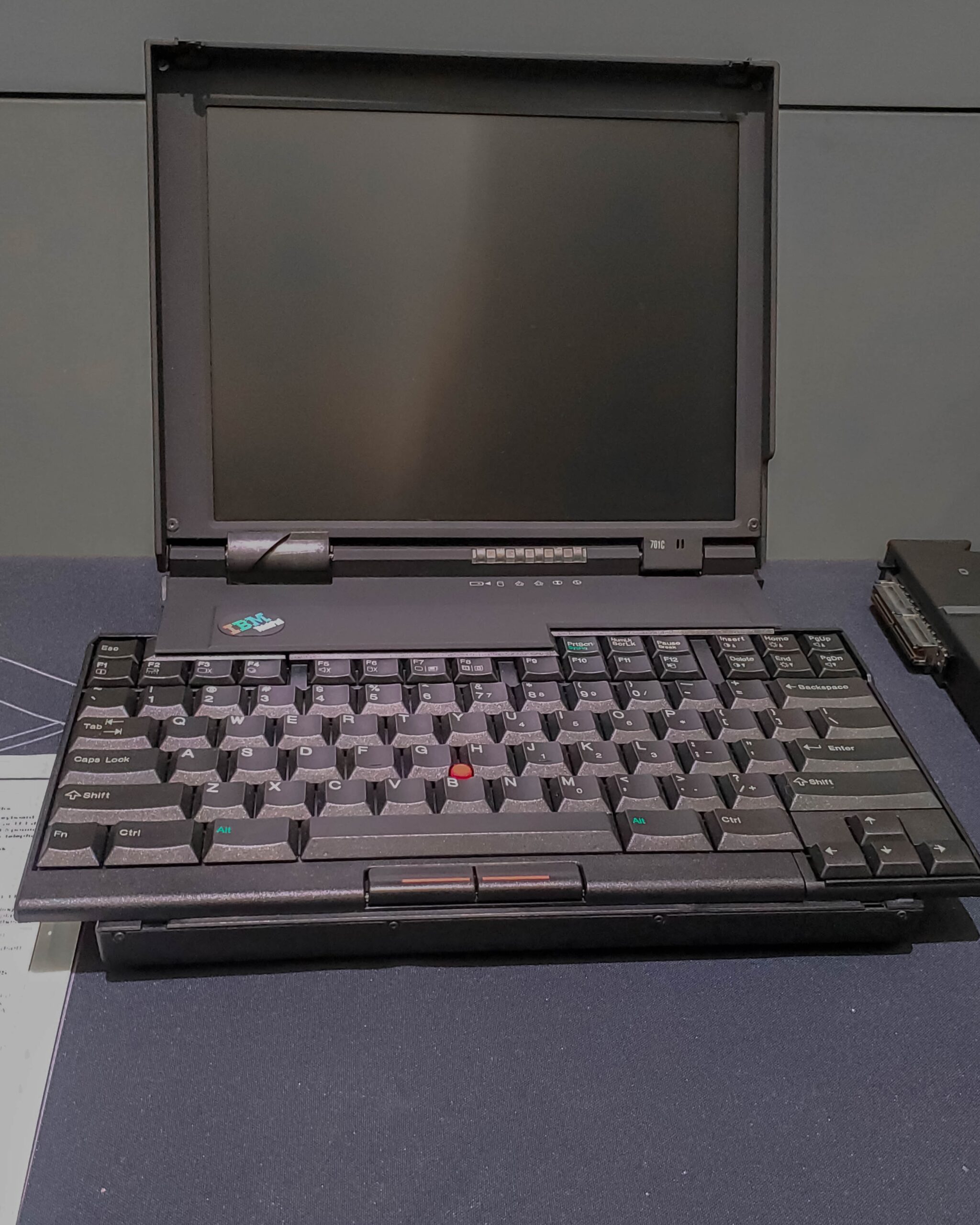
The IBM 701, introduced in 1952, marked IBM’s entry into the world of electronic computing. Known as the “Defense Calculator,” it was developed during the Cold War to assist with scientific calculations and national security tasks. It was IBM’s first commercially available computer and featured the ability to store programs in its memory, a crucial advancement at the time. With its magnetic tape storage system and vacuum tube technology, the IBM 701 quickly gained popularity among research institutions and government agencies. This computer solidified IBM’s reputation as a leader in the field, influencing the design of future generations of computers.
Apple I
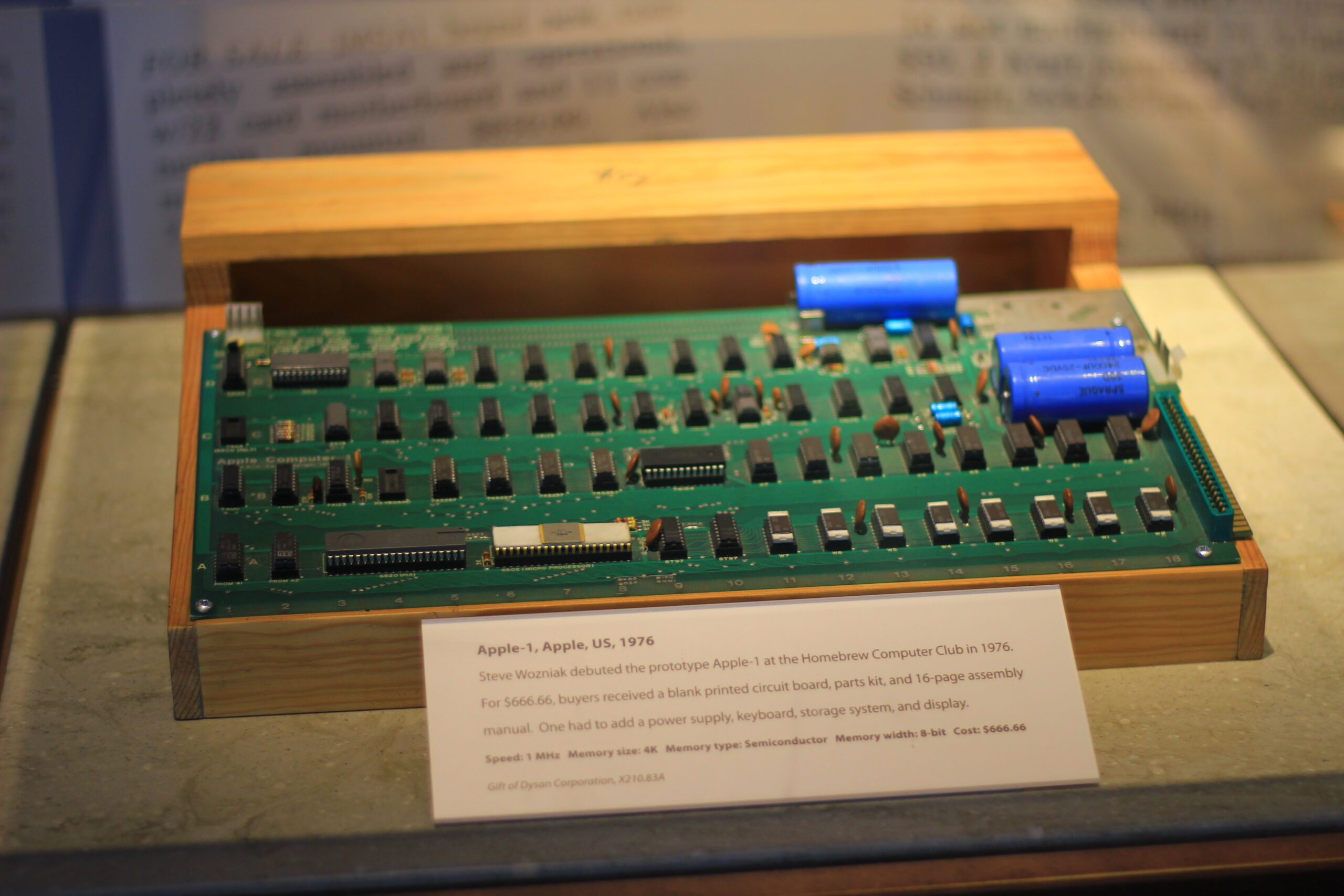
The Apple I, released in 1976, was the brainchild of Steve Wozniak and Steve Jobs. It was one of the first personal computers to come fully assembled, marking a departure from the hobbyist kits that dominated the market. Priced at $666.66, it featured a single-board design, 4KB of memory, and support for a keyboard and monitor, making it user-friendly for the time. Sold initially through the Byte Shop, the Apple I appealed to tech enthusiasts who wanted a computer they could use out of the box. This machine set the stage for the personal computing revolution and marked the beginning of Apple Inc.’s meteoric rise.
Commodore 64
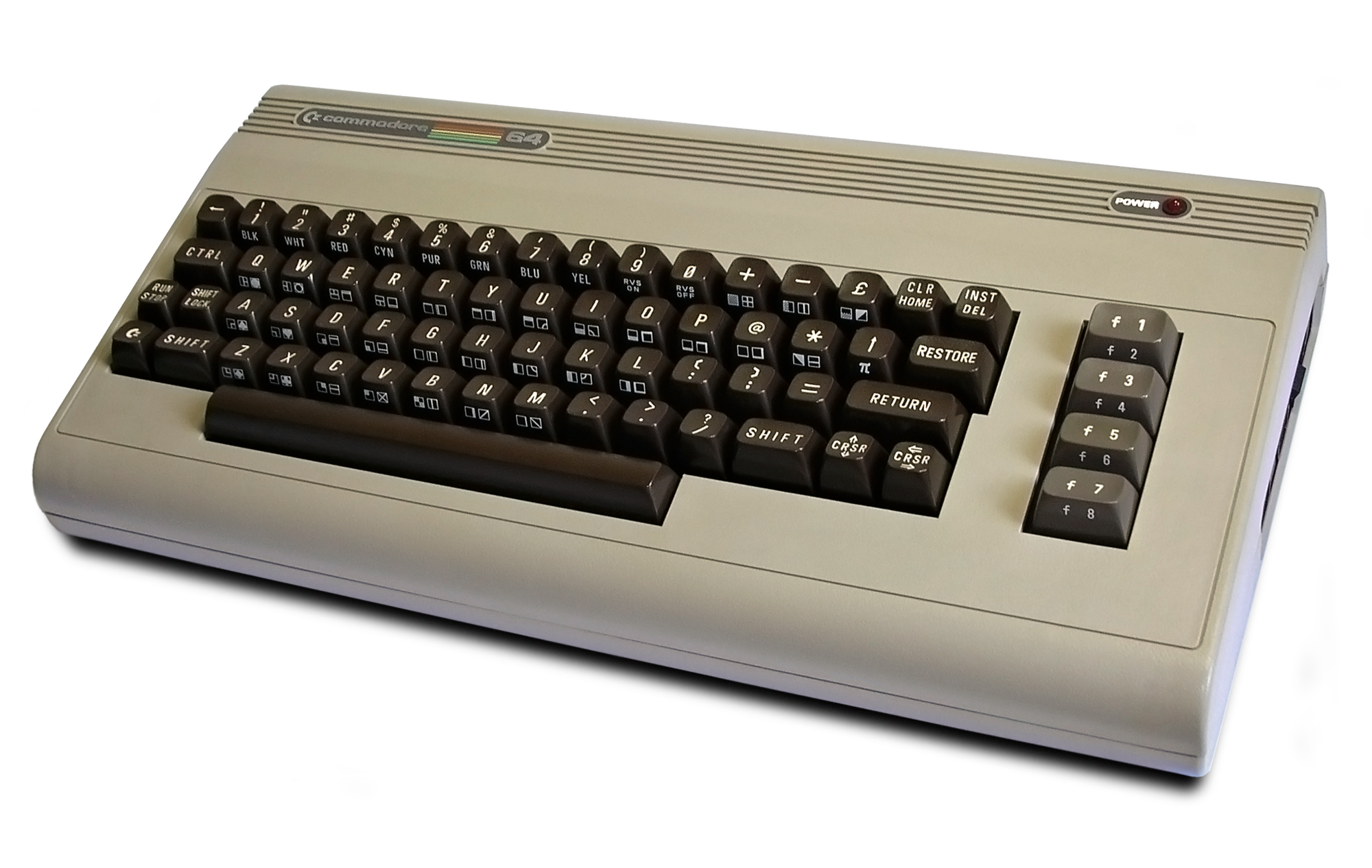
Launched in 1982, the Commodore 64 became one of the best-selling computers of all time, with over 17 million units sold. It was revolutionary for its affordability, robust hardware, and versatility in gaming, productivity, and programming. With 64KB of RAM, a color graphics display, and a synthesizer chip for audio, it was light-years ahead of its competitors. The Commodore 64 also introduced many to the world of computing through its extensive library of software and games. Its impact on the home computer market and the gaming industry is immeasurable, as it made personal computing accessible to millions.
IBM PC (5150)
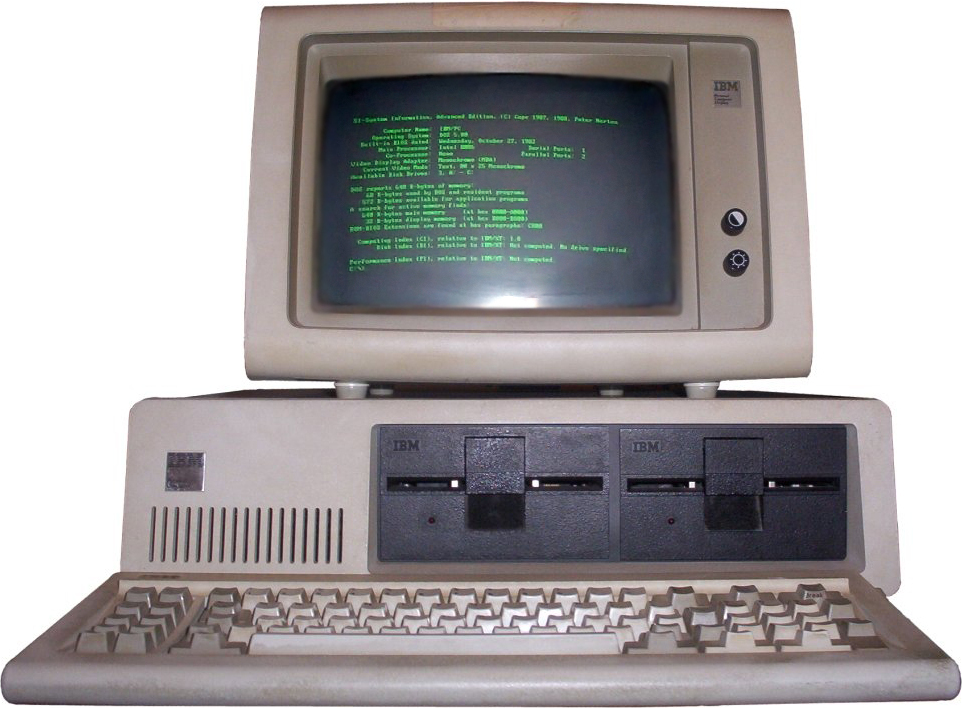
The IBM PC 5150, launched in 1981, revolutionized the computing industry by popularizing the concept of open architecture. IBM’s decision to use off-the-shelf components allowed third-party manufacturers to create compatible hardware and software, fostering an ecosystem that propelled the PC platform to dominance. With an Intel 8088 processor, 16KB of RAM, and the MS-DOS operating system, the 5150 was powerful enough for both business and personal use. Its modular design became the blueprint for modern personal computers, and its influence can still be seen in today’s PCs. The IBM PC ushered in an era of computing standardization.
Macintosh 128K
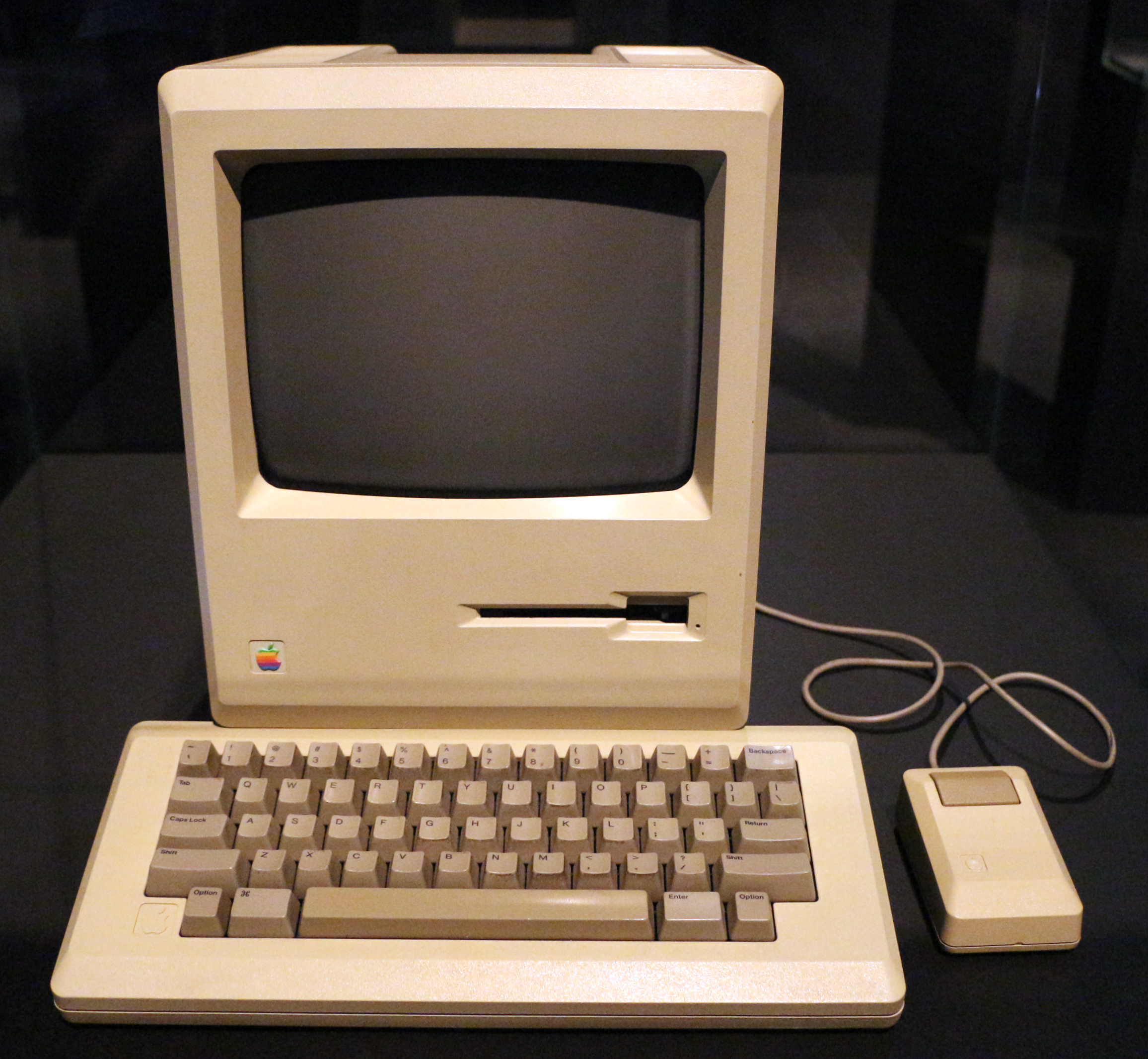
Introduced in 1984, the Macintosh 128K was a groundbreaking computer that changed how people interacted with machines. Featuring a graphical user interface (GUI), a mouse, and a compact design, it made computing more intuitive and approachable for non-technical users. Apple’s iconic “1984” ad during the Super Bowl emphasized the Macintosh’s role as a liberator from conventional computing. With 128KB of RAM and a built-in 9-inch monitor, it wasn’t the most powerful machine of its time, but its ease of use set it apart. The Macintosh 128K inspired the development of GUI-based systems and continues to influence modern user interface design.
Raspberry Pi
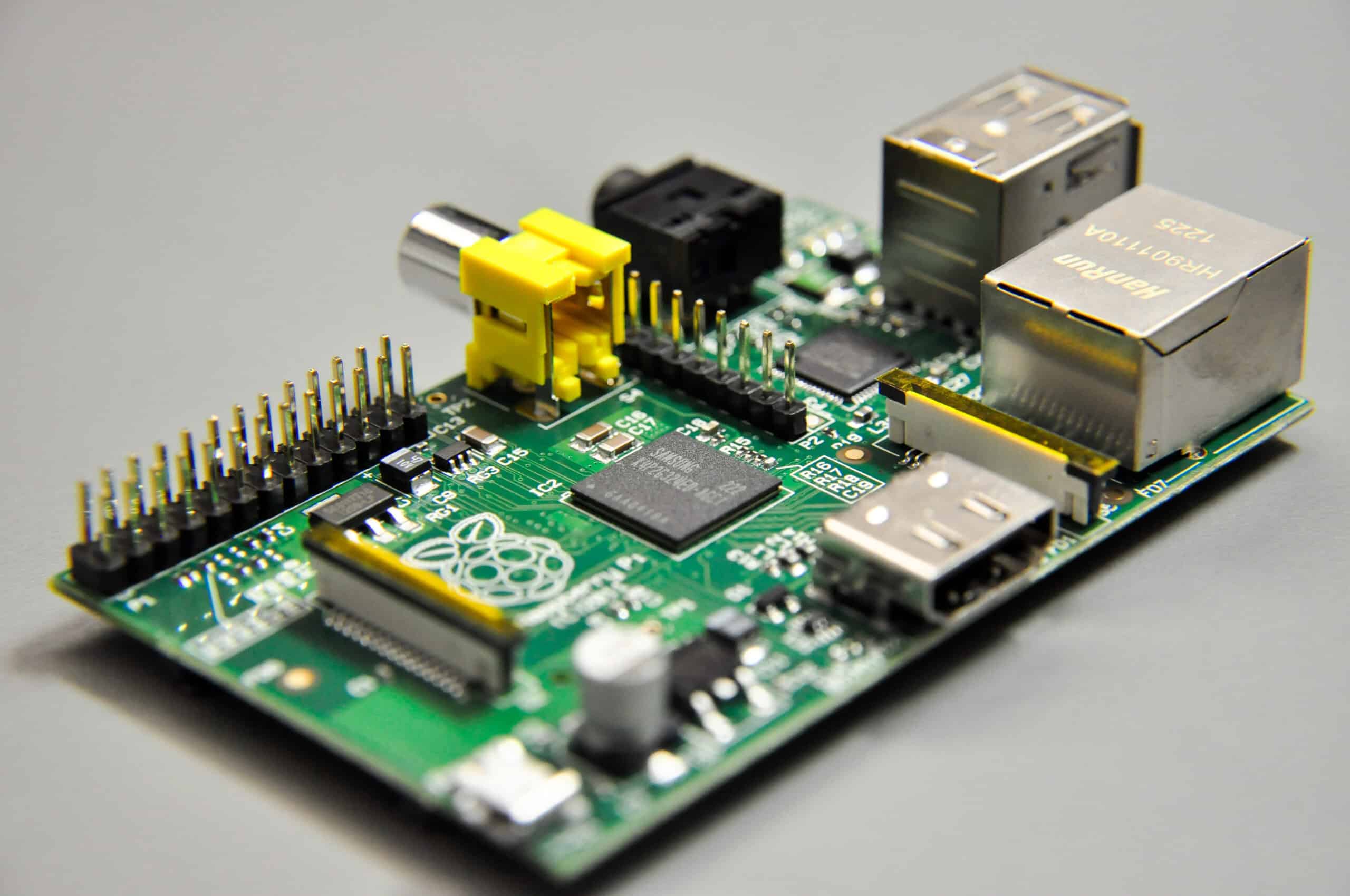
The Raspberry Pi, introduced in 2012, redefined the concept of affordable computing. Created by the Raspberry Pi Foundation, this credit card-sized computer was designed to promote coding and computing education for people of all ages. Despite its humble size, the Raspberry Pi boasts impressive capabilities, from running servers to acting as the brain for robotics projects. An eerie aspect of its history lies in how it became a favorite among hackers and cybersecurity enthusiasts, with stories of its use in ethical hacking competitions and penetration testing missions. Its low cost and adaptability have made it a vital tool for hobbyists, educators, and professionals worldwide.
Cray-1 Supercomputer
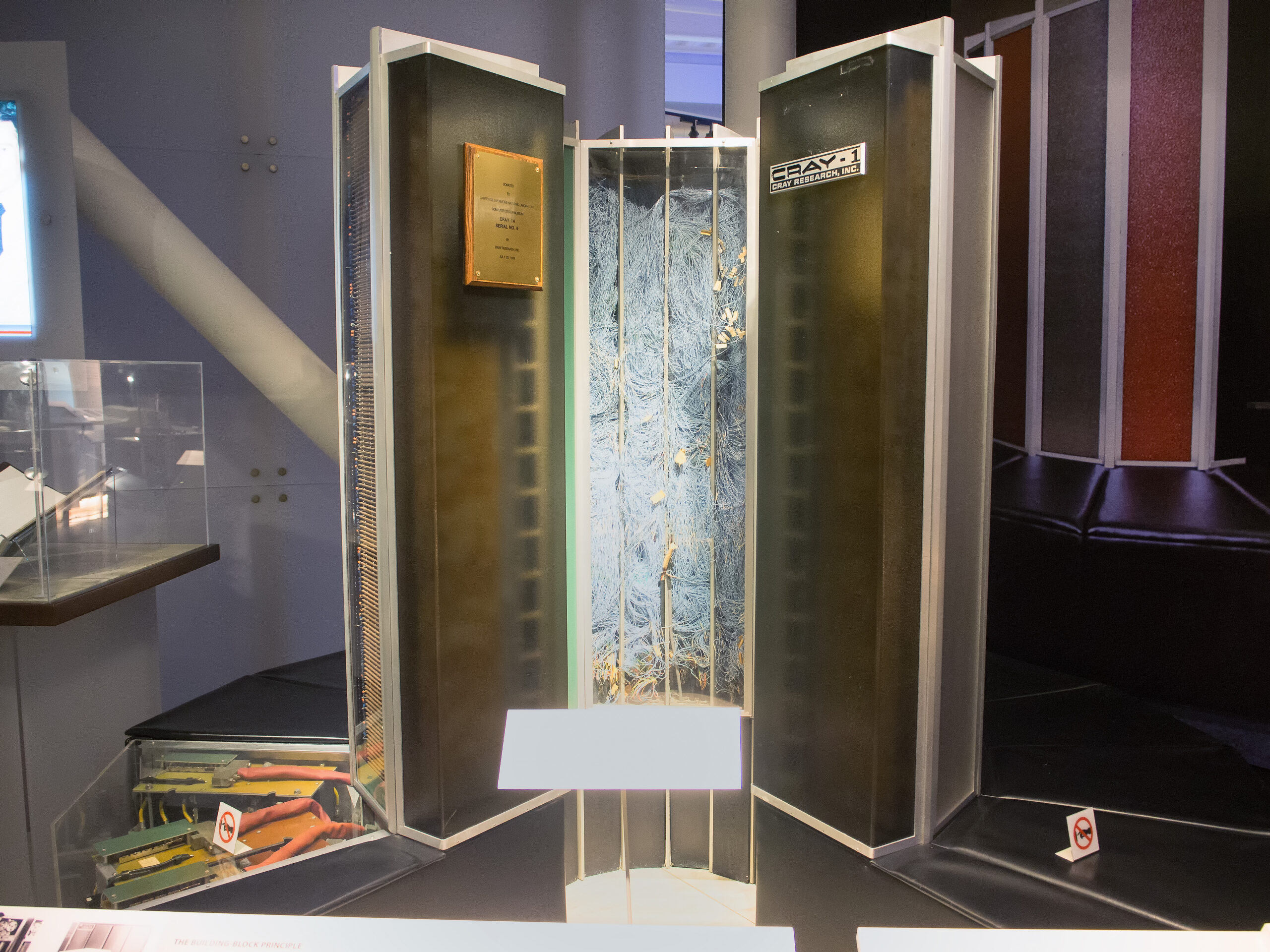
The Cray-1, launched in 1976, was a marvel of engineering and design, setting a new standard for high-performance computing. Designed by Seymour Cray, this supercomputer was famous not only for its processing speed but also for its futuristic cylindrical design that enhanced cooling efficiency. It became a staple in scientific research, weather prediction, and nuclear simulation. A chilling tale tied to the Cray-1 involves its use during the Cold War to perform calculations for missile trajectories and defense systems, which fueled global tensions. Its unparalleled speed and innovation solidified its place in computing history as a true game-changer.
NeXT Computer
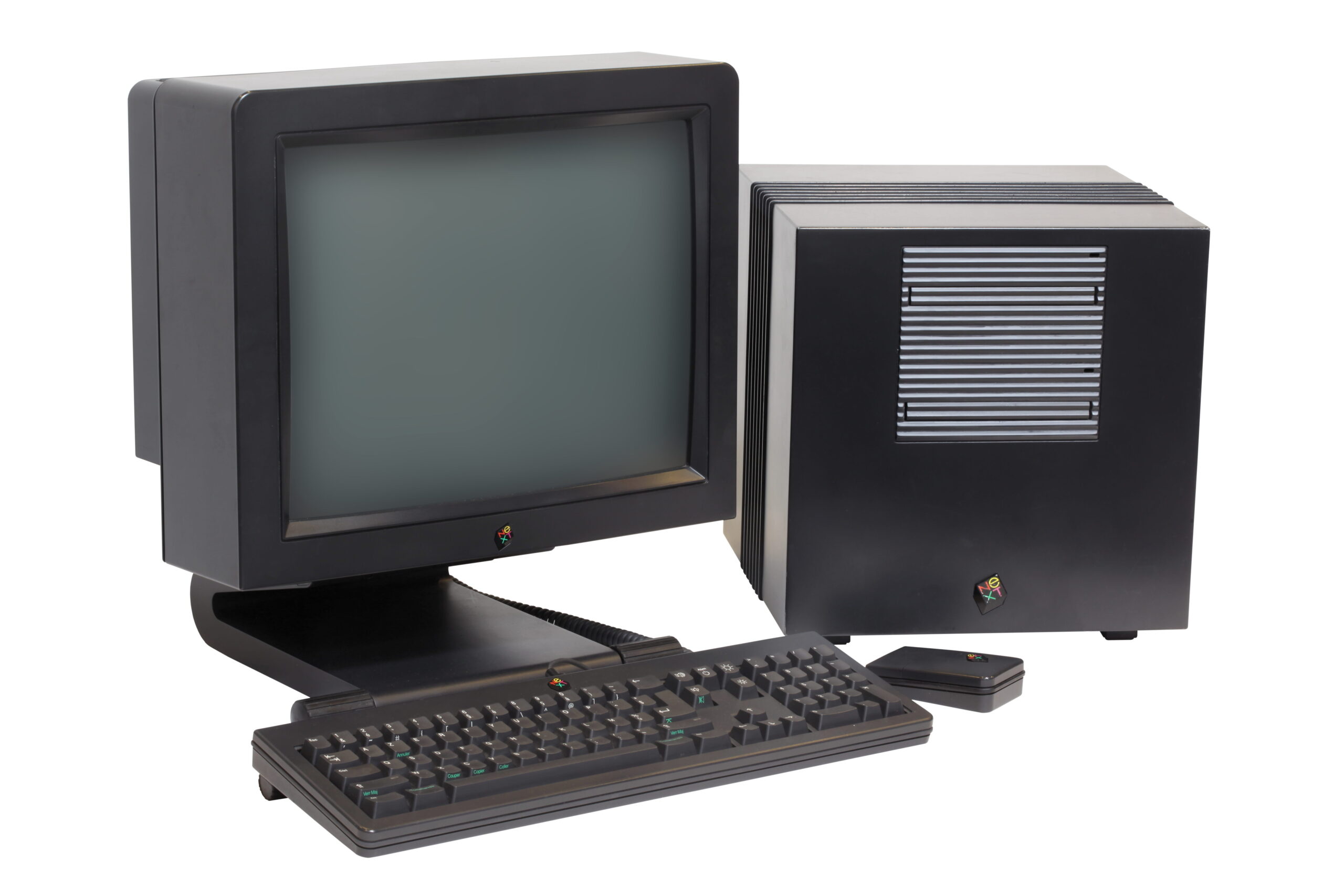
The NeXT Computer, introduced by Steve Jobs in 1988 after his departure from Apple, aimed to revolutionize higher education and research computing. Known for its sleek magnesium cube design and advanced operating system, NeXTSTEP, this machine became a favorite among programmers. The eerie twist in its story is that Tim Berners-Lee used a NeXT Computer to create the World Wide Web, forever altering the fabric of society. Despite its limited commercial success, the NeXT Computer’s influence remains profound, with its software concepts living on in macOS and iOS.
DEC PDP-8
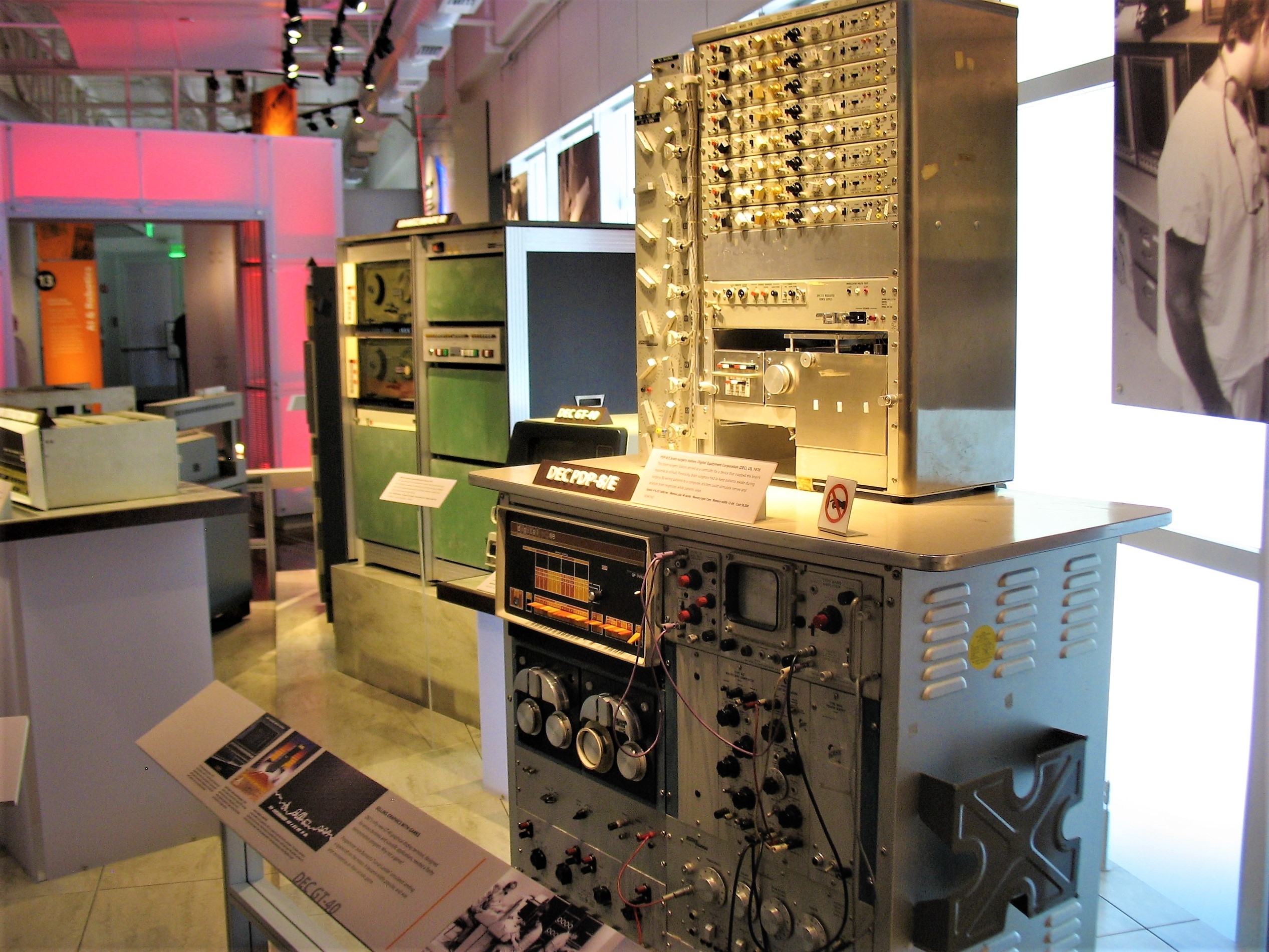
The DEC PDP-8, released in 1965, was the world’s first successful minicomputer, bringing computing power to small businesses and institutions. Its affordability and compact size made it accessible compared to the room-sized mainframes of its time. Known as “the computer that taught the world to program,” the PDP-8 gained a devoted following among engineers and students. An eerie story linked to the PDP-8 involves its use in early experiments with artificial intelligence, where researchers reported unsettling “behavior” from their programs, sparking debates on machine autonomy. The PDP-8’s influence paved the way for the personal computing revolution.
Altair 8800
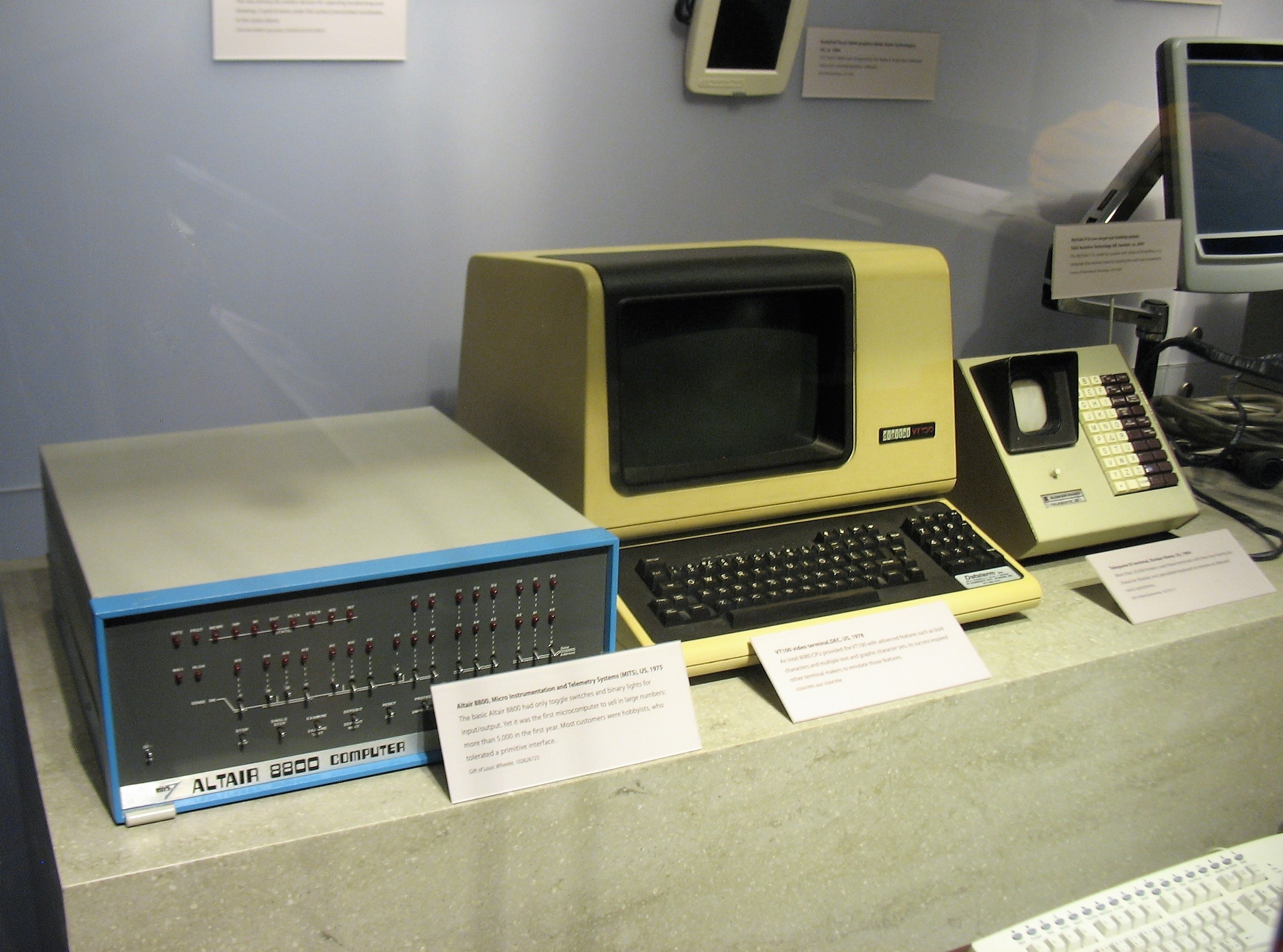
The Altair 8800, launched in 1975, ignited the personal computing revolution by offering an affordable and customizable kit for hobbyists. Its success caught even its creators by surprise, as enthusiasts flocked to buy the machine to experiment with its potential. Interestingly, the Altair has a mysterious connection to Microsoft’s origins, as Bill Gates and Paul Allen developed their first programming language, Altair BASIC, for it. The Altair’s blinking lights and switches were iconic, yet it also carried tales of unexplained malfunctions during critical demonstrations, adding an eerie touch to its legacy.
Osborne 1
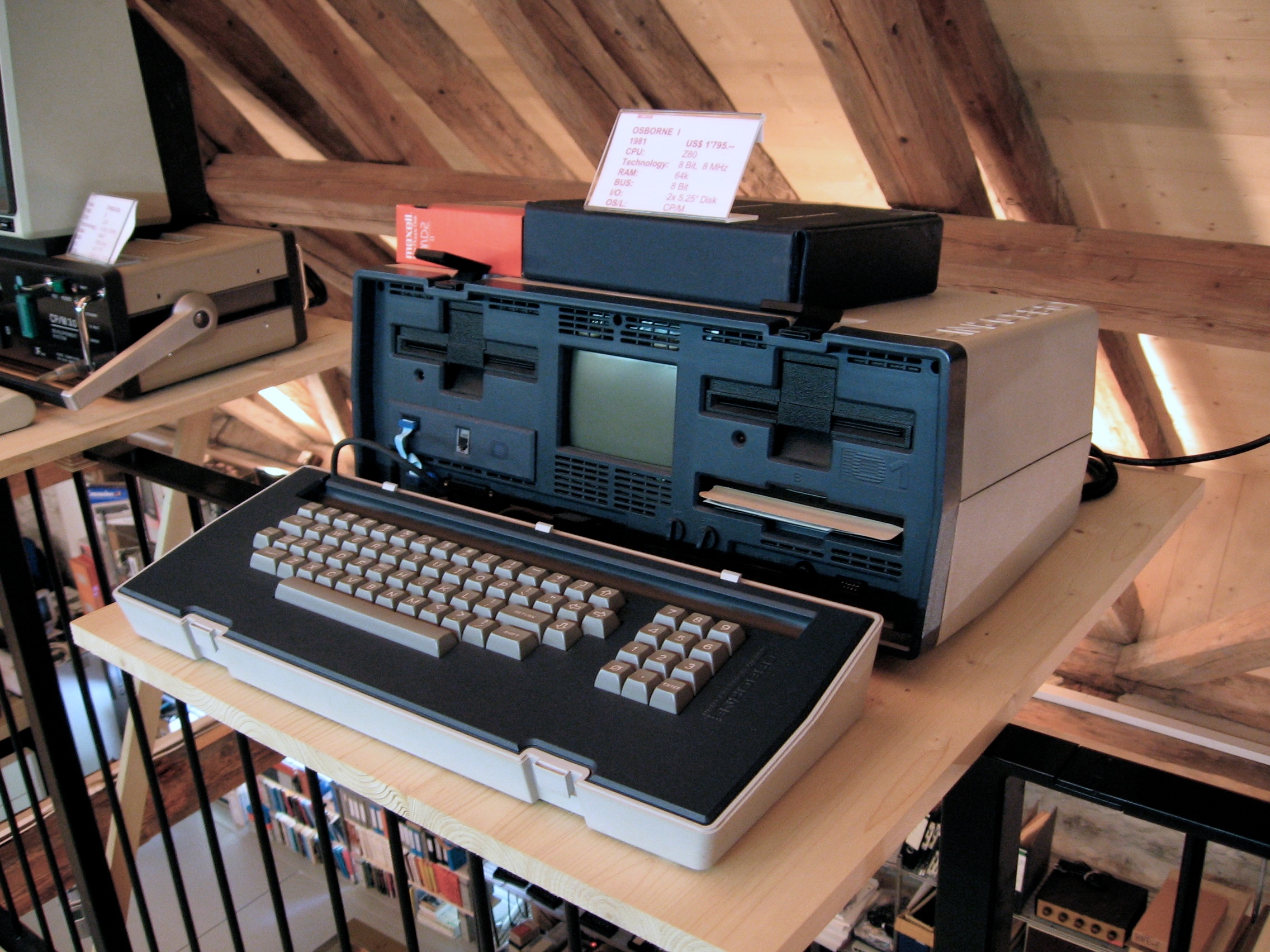
Released in 1981, the Osborne 1 was the first commercially successful portable computer. With a compact design that resembled a sewing machine case, it allowed users to carry their work wherever they went. Despite its innovation, the Osborne 1 is often remembered for the eerie “Osborne effect,” a cautionary tale about premature product announcements. When the company teased its next-generation model too early, sales of the Osborne 1 plummeted, leading to the company’s collapse. Nonetheless, the Osborne 1 remains a pioneer in mobile computing, demonstrating the importance of adaptability and timing in the tech industry.
This article originally appeared on Rarest.org.
More from Rarest.org
14 Largest Cathedrals in the World

Political parties shape the world and often reflect their nations’ histories. Some parties have stood the test of time, dating back centuries and embodying deep cultural roots. Read More.
20 Classic Cars That Were Tragically Discontinued
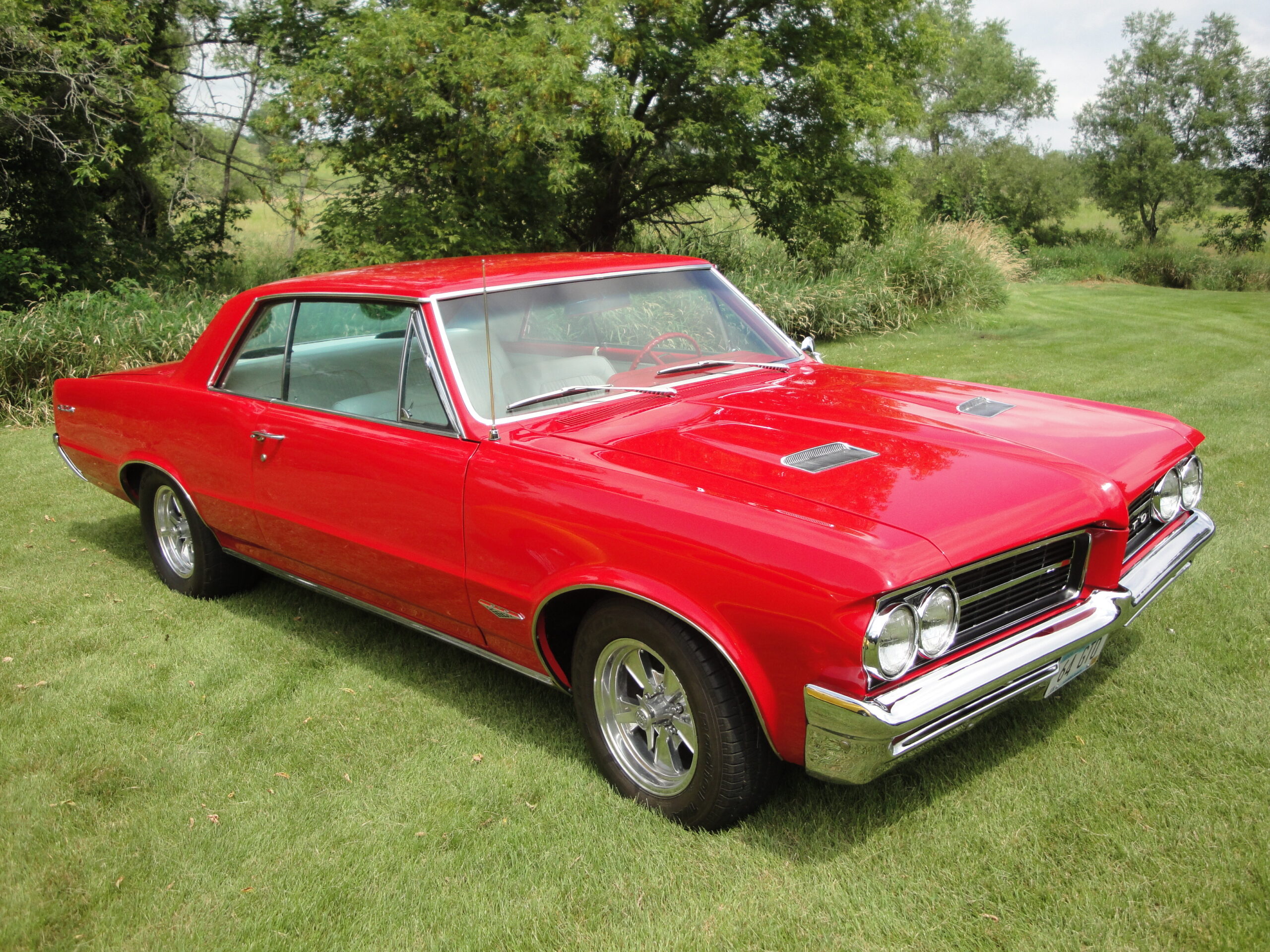
The history of classic cars is full of iconic models that were loved and then, sadly, left behind. Read More.
10 Oldest Rodeos in the World

Rodeos are more than just thrilling competitions–they’re a celebration of Western heritage and cowboy traditions that have shaped communities for over a century. Read More.
